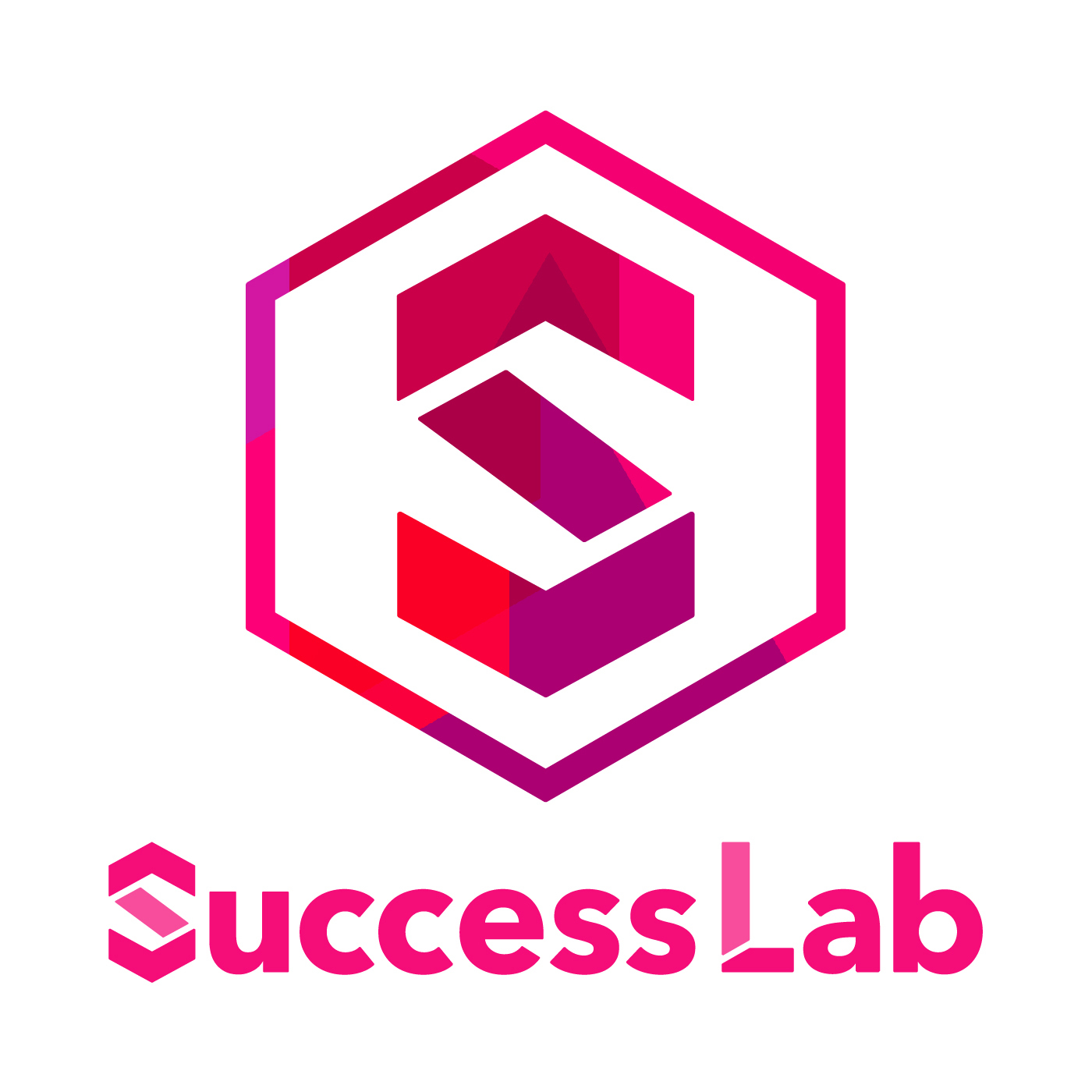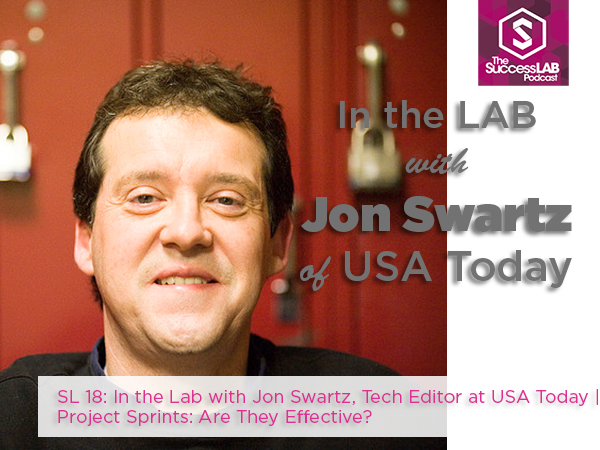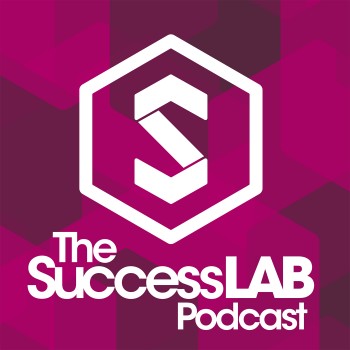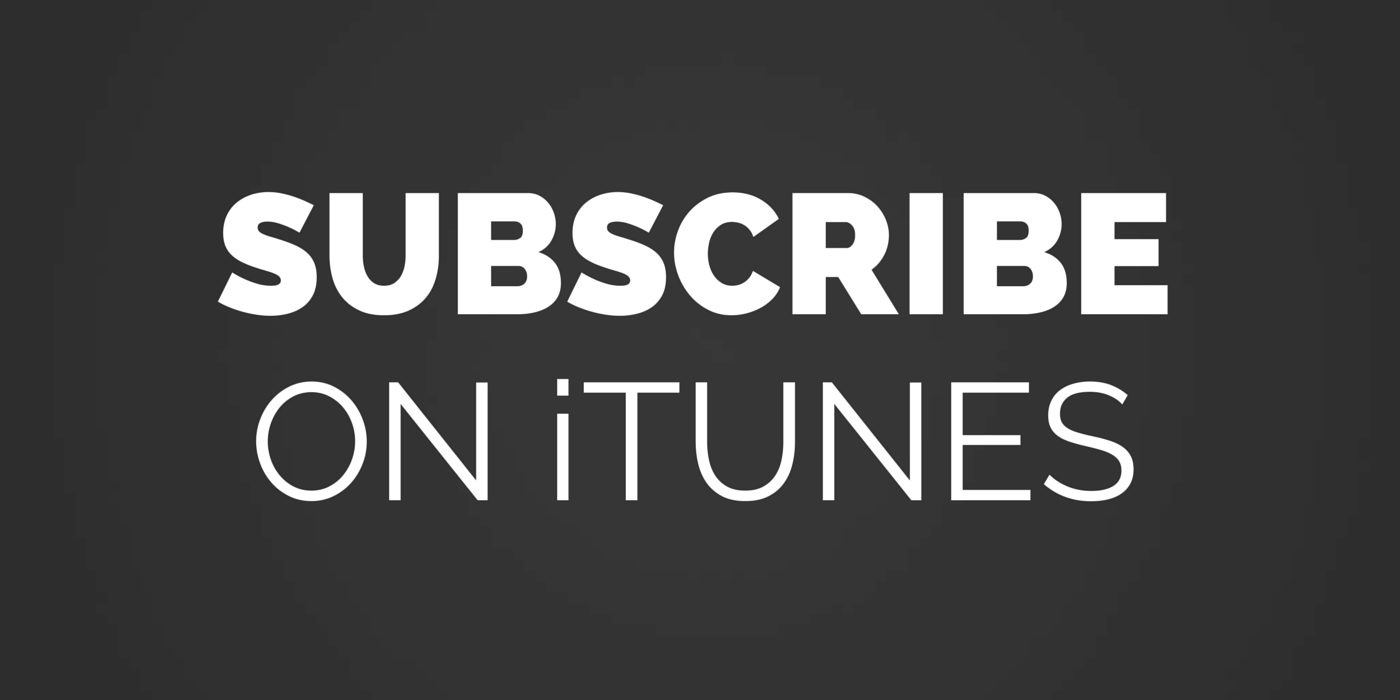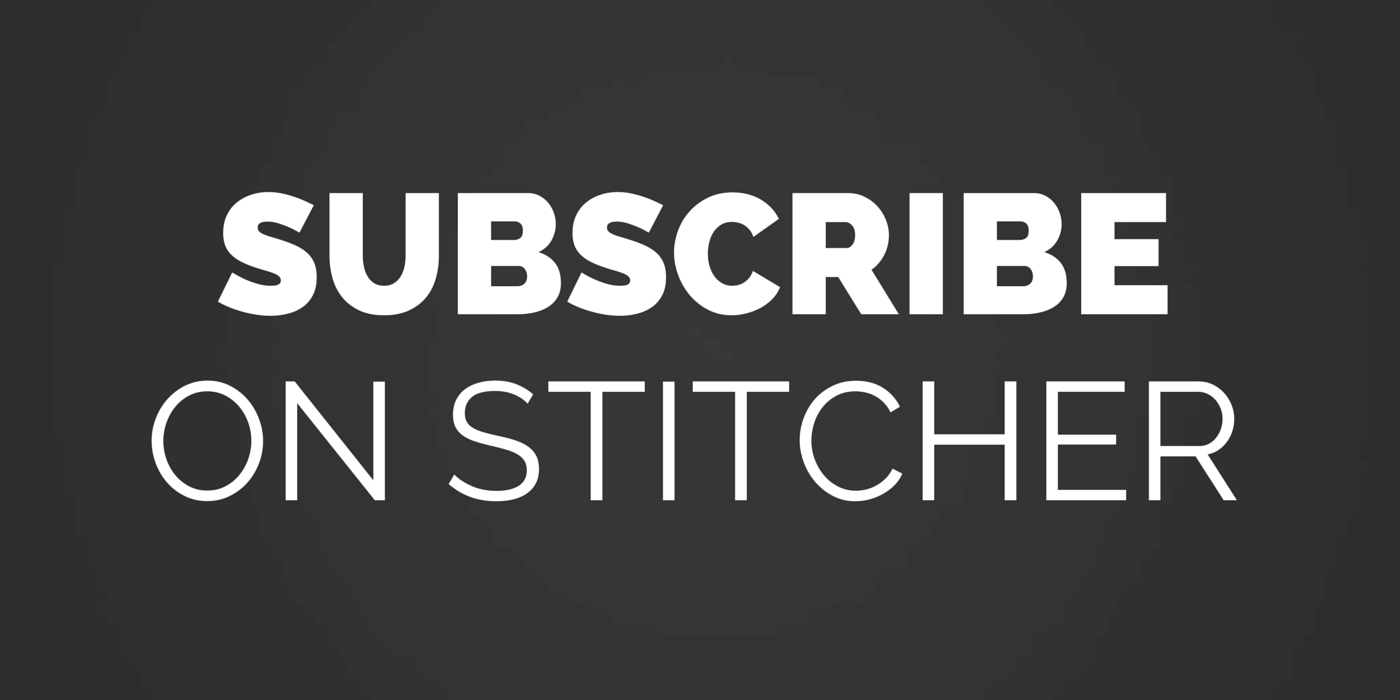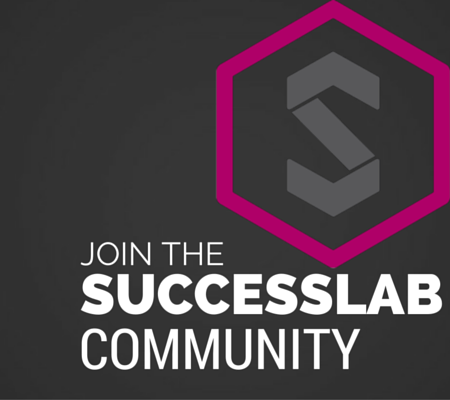Welcome to the SuccessLab Podcast episode #18. In this episode, I’m in The Lab with Jon Swartz , a Silicon Valley-based tech reporter at USA Today and the San Francisco bureau chief.
- Can you tell us a bit about your journey? What led you to USA Today?
- I’ve been doing this for 25 years. I’ve worked overseas for a couple of London dailies. Every couple of years I changed jobs. From San Francisco Chronicle I went to Forbes for about a year and from Forbes went to USA Today in 2000, where I’ve been since.
- How was the experience of writing for publications in another country?
- In England, for instance, stories are written more from a first person perspective and they tend be more analytical than the U.S., which is heavily skewed towards sourcing and speaking through third parties.
- How many stories do you typically file each week?
- A lot! I don’t personally file any stories any more because I’m more in charge of overseeing the tech coverage and editing the stories. Today, for instance, our team of roughly 12 full time reporters across the country will file roughly 20 stories. Next week when Apple makes it’s big announcement we will probably file 10 stories and 12 to 15 with video, just on that story.
- Covering tech, things are constantly changing….how do you stay on top of emerging trends and still get work done?
- We try to assign people to certain companies, trends or products. Aside from that, there is so much content on the internet or in print. I try to read the New York Times every day, I try to look at the Journal, but it’s nearly impossible to stay on top of it all. You just have to pick your targets. I typically check it in the morning and set a newsfeed on Twitter to monitor. But I constantly find myself jumping from one fire to the next every day.
- How many of those emails on average would you say are pitches? How do you manage email?
- I get about 200-300 email pitches a day. Unless it’s from someone I know or something that gets my attention immediately, I delete it. There’s no way I could possibly read all of it. It’s basically one of the greatest deterrents known to man. With the growth of Twitter and Facebook, and instant messaging in general, we’re getting more messages from more sources than ever before. It’s just completely too much noise and overkill. It’s hard to concentrate or focus when you’re being pulled in so many different directions. It’s almost like you’re swatting flies all day.
- What are some of your favorite tools you’re using right now – apps, time management, etc.?
- I found the more social media tools I use, the more time sink they created. I try to minimize as much as possible. I just try to simplify what I do every day.
- How do you like to receive pitches from entrepreneurs?
- They should know who to pitch. Start with basic research to get a good idea of who covers what. But that is not common. (When I get pitches) I just pass it along through a group messaging system we use. But the best way is to reach out to the reporter. People need to use Google more often to figure out who covers something.
- Should story pitches include multimedia elements like video, audio or photos?
- It depends on the story and what the visual element might be.
- Are there any trends you’re currently enjoying covering?
- There’s a lot. There’s drones, the ubiquitous cloud computing, mobile devices, wearables, companies in terms of their hiring practices and how diverse they are, the whole viewpoint of the Alibaba idea – a mega trend that can affect the whole IPO market in tech, what Google is doing, the Internet of Things…all those topics.
- What has been one of your favorite pieces to work on?
- One that I did that was fun was I got to go to Tennessee when I got to hangout with the infamous John McAfee. It was kind of like plunging into the middle of a spy novel being around someone who is off the pages of a CIA thriller. You don’t know what to expect when around him. It’s hard to say though. If you have access to someone who is really interesting that no one else does, that makes it really interesting. You want someone who is original and contrarian, and who doesn’t fit the norm. That’s what makes the most interesting interviews.
This week’s Biz Hack: In the last few episodes I talked about productivity and different tips and tools to be more productive, so it was fitting that this past week culminated with a SuccessLab all-nighter. Yes, one of our mastermind groups, and several other intrepid entrepreneurs, decided we would all gather to stay up all night to get some work done…sort of like a project sprint. I can honestly say it was the first time I stayed up all night to work. But the big question at the end was, are projects sprints like this effective? At what point should you throw in the towel and attack your work with a fresh set of eyes and rested brain the next day?
Action Items: Your action item for this week…surprise, surprise…pick one project you’ve been meaning to tackle and set aside some time to power through it.
Quote of the week: “I don’t know the key to success, but the key to failure is trying to please everybody.” ~ Bill Crosby.
Next week we’re in the lab with Jenny Poon, she is the founder of design studio in Phoenix called eeko studio, and the co-founder of the co-working space I work from, Co+Hoots. She is an amazing entrepreneur and has done a lot to create a sense of community. Be sure to tune in! Until next time, have prosperous week!
